As always, our Conference will include the Annual Meeting of the SAH/MDR. Below are the minutes from our 2015 Meeting in Ashland for review. Our Executive Board Members (President, Vice-President, Treasurer, and Secretary) serve two year terms. Odd years are election years; therefore, a proposed slate of officers for 2017-2019 is included below the minutes.
Marion Dean Ross/Pacific Northwest Chapter – Society of Architectural Historians
Annual General Meeting, 10/24/2015 – Ashland, Oregon – Pioneer Hall
The October 24, 2015, Annual General Meeting of the Marion Dean Ross/Pacific Northwest Chapter, Society of Architectural Historians, was called to order in Pioneer Hall, Ashland, Oregon, by President Diana Painter at 12:30 p.m. The meeting was convened in conjunction with a three-day conference embracing the home of the Oregon Shakespeare Festival and other venues in the Rogue River Valley under the organizing theme of “Artifice and Authenticity in Architecture: To Play or Not to Play.” Attending were approximately forty conference registrants and presenters, chapter officers and board members.
Approval of Minutes of the 2014 Annual General Meeting in Seattle, Washington
The motion to approve minutes of the 2014 Annual General Meeting as recorded by Secretary Bernadette Niederer was made by Kenneth Guzowski, seconded by William J. Hawkins, and passed unanimously.
Report on Membership and Communications
Mimi Sheridan presented status reports submitted by Dave Pinyerd and Bernadette Niederer, coordinator of membership and editor of the chapter blog, respectively. Chapter membership enrollment presently stands at 95 and represents an increase of ten since last year’s report. Mimi noted that all registrants for the 2015 Conference will be credited for one year of membership in 2016. Announcements concerning the annual conference are emailed to as many as 300 individuals and institutions. Subscribers to the chapter blog number 37, but, the subscriber roster does not reflect the number of people who see the blog on an occasional basis. “News & Notices” is a lively and colorfully-illustrated record of chapter affairs, publications, and passages – an online newsletter in effect, which rates broader viewership.
Treasurer’s Report
Treasurer Mimi Sheridan reported the status of the chapter treasury before 2015 conference expenditures as $11,683. Of that amount, $7,800 falls within the category of unrestricted funds which may be used for conference expenses, awards, and so on. The chapter’s vigorous awards program is the major budget category. In addition to the discretionary Potter Research Award from unrestricted funds, the treasury currently holds $3,883 in restricted, or dedicated, funds for awards. Dedicated funds for educational promotion include the Marion Dean Ross Fund ($2,000), Architects’ Participation Fund ($1,000), the Student Participation Fund ($380) the Educational Projects Fund ($300), and the Wendell Lovett Fund ($504).
Report on Awards
President Diana Painter reported that the governing board had recently awarded the 2015 Potter Research Award to Christina Grey, a University of Toronto Master’s degree graduate presently enrolled as a PhD candidate in architecture at UCLA. The travel stipend in the amount of $500 will be used by the candidate to further her study of Arthur C. Erickson (1924- 2009) and the architect-client relationship in the context of designing the University of British Columbia Museum of Anthropology in Vancouver.
Report of the Nominating Committee
Ed Teague, chair of the Nominating Committee which included Bernadette Niederer and Hal Kalman, opened his report with plaudits for appointees David Pinyerd and Bernadette Niederer, who serve so well as Membership Coordinator and Chapter Blog Editor, respectively, and are willing to continue fulfilling those roles.
On the subject of the chapter archives, Ed announced that, in his capacity as Digital Archivist for the University of Oregon Libraries, he had recently been able to give the chapter’s Scholars’ Bank a presence on the Internet. The shortcut URL is http://tinyurl.com/sahmdr-archives. The 50th anniversary commemorative piece prepared by Elisabeth Potter, “Scholars and Sightseers: The Society of Architectural Historians in Northern California and the Pacific Northwest 1954-2004” is now added to the online resource.
The committee presented the following slate of officers for the ensuing term of two years:
President: Diana Painter
Vice President: Amanda Clark
Secretary: Bernadette Niederer
Treasurer: Mimi Sheridan
Regional Delegates (appointed):
Liz Carter, Eugene, Oregon
Phil Gruen, Pullman, Washington
Phillip Mead, Moscow, Idaho
Hal Kalman, Vancouver, British Columbia
No nominations were offered from the floor. Kenneth Guzowski moved for adoption of the committee’s slate in its entirety. The motion was seconded and passed unanimously.
Annual Conference Venues for 2016 and 2017
Phil Gruen led the discussion of prospective locations for the chapter’s annual conference. Martin Segger extended an invitation to the chapter to gather in Victoria, B.C. in 2017, when Canada will be celebrating the 150th anniversary of Confederation and Wentworth Villa, a new conference facility, will be opened in Victoria. He said he would be willing to work with the organizing committee on arrangements for the conference. The gracious proposal was met with universal favor.
Suggestions for 2016 included Bellingham, Walla Walla, and Pullman in Washington; Baker City and LaGrande in Oregon; Moscow and Sun Valley (Ketchum) in Idaho; and Homer, Alaska. Considerable discussion of Baker City was prompted by Susan Boyle, and it was suggested by Bill Hawkins that a key contact for local arrangements would be the former National Trust for Historic Preservation regional representative who restored the city’s prominent 1889 Geiser Grand Hotel. The varied suggestions were accepted for consideration by the governing board.
Adjournment
The meeting was adjourned shortly before 1:00 p.m. with closing formalities necessarily cut short in the interest of adhering to the schedule. Nevertheless, conferees individually expressed whole-hearted appreciation to the Conference Committee for organizing outstanding papers sessions, enlisting engaging local presenters, and providing rewarding tours and well-chosen venues at varied locations in southern Oregon’s Rogue River Valley.
Elisabeth Walton Potter
Recording Secretary pro tem
October 27, 2015
Report of the Nominating Committee & Slate of Proposed Officers for 2017-2019
In accordance with the bylaws of the Marion Dean Ross Chapter of the Society of Architectural Historians, a slate of board nominees shall be presented to the membership 30 days in advance of the biennial election. Elisabeth Potter and Ed Teague led the nominating committee this year and have submitted the following slate for the forthcoming annual meeting to be held in Victoria on June 17, 2017. Nominations from the floor may be entertained as a matter of protocol.
THE NOMINEES
Executive Officers:
President: Diana J. Painter
Vice president: Amanda C.R. Clark
Secretary: Kathryn Burk-Hise
Treasurer: Mimi Sheridan
Regional Delegates Recommended for Appointment to the Board
British Columbia: Harold Kalman
Washington: J. Philip Gruen
Idaho: Phillip G. Mead
Oregon: To be determined
Special Appointments
Website Communications Manager and Digital Archivist: Edward H. Teague
Chapter Blog Manager: Amanda C.R. Clark
Assistant Blog Manager: Kathryn Burk-Hise
Recommended Committees
Scholarly Papers Coordination
Research and Travel Awards Coordination
New Member Recruitment







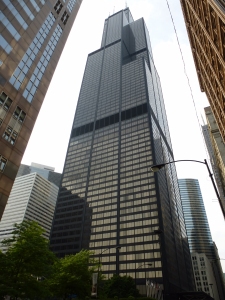
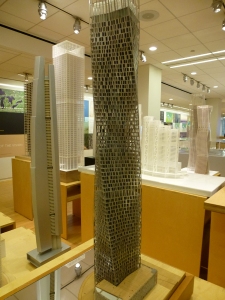



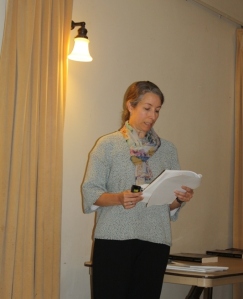
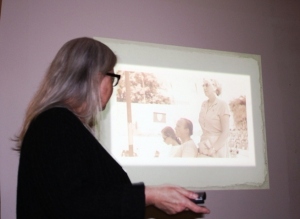





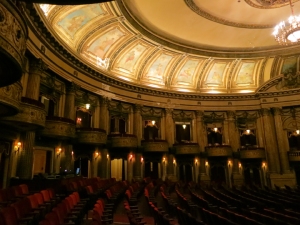
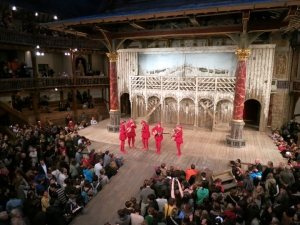

You must be logged in to post a comment.